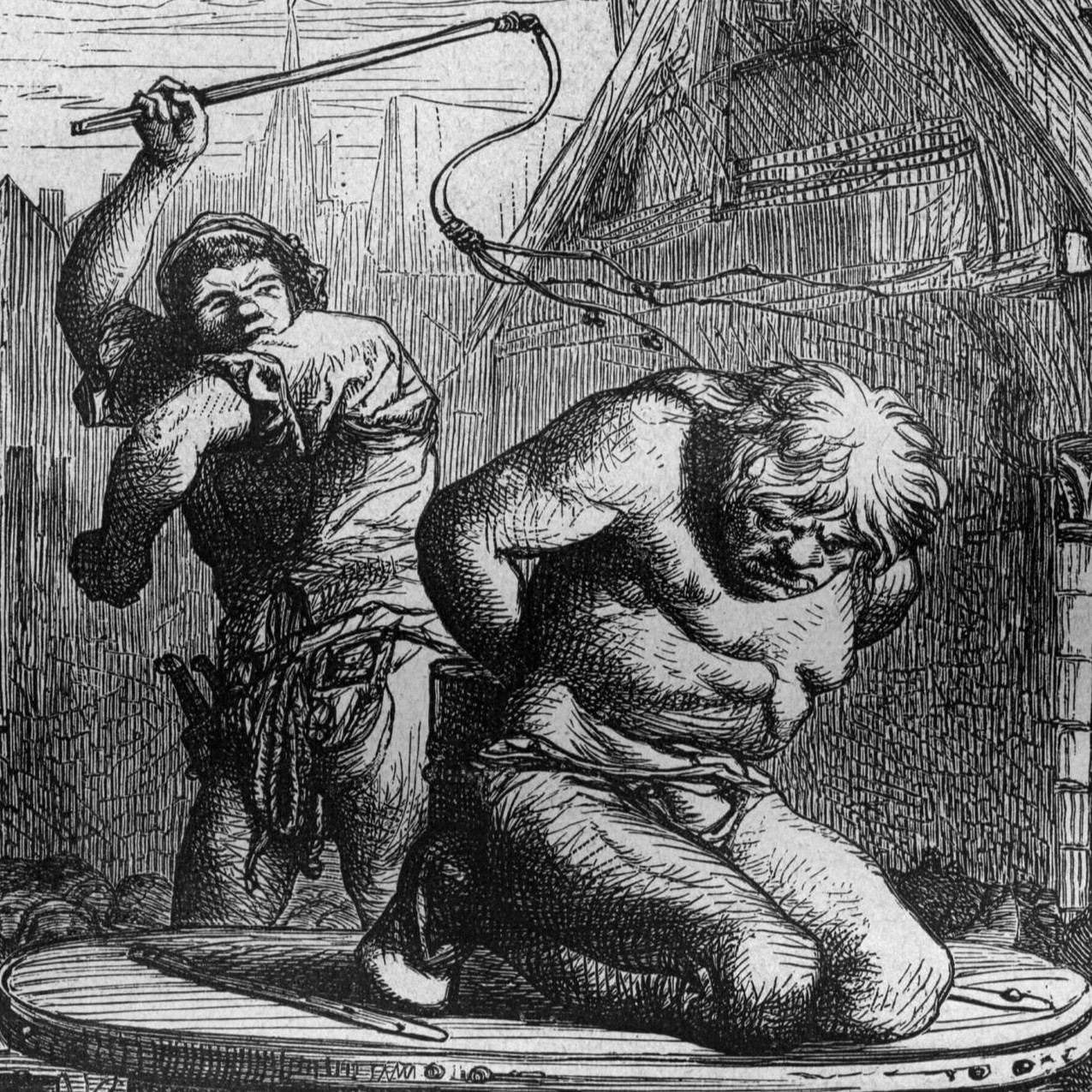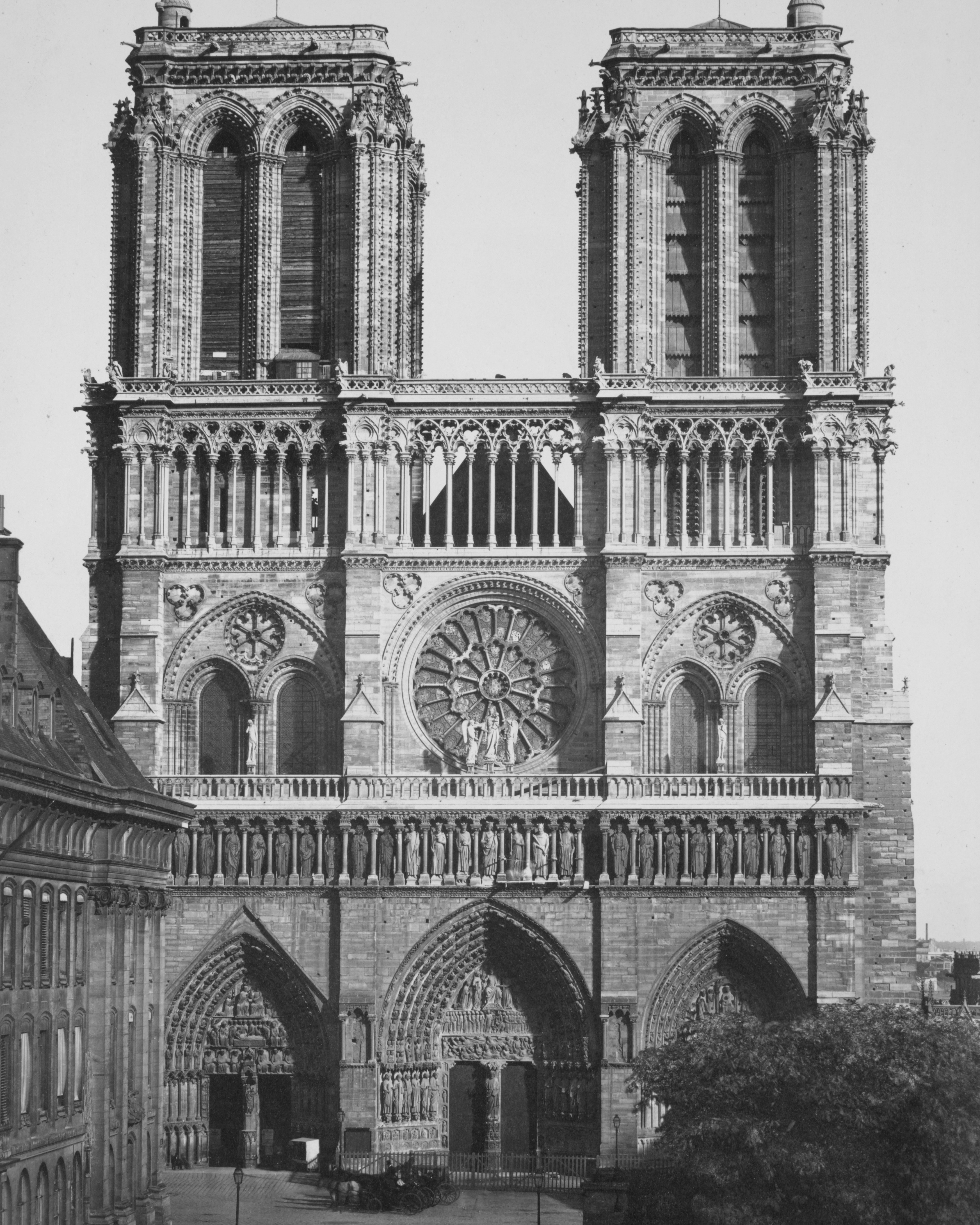The Hunchback of Notre-Dame:
Tragedy, Love, and the Spirit of Paris

The Hunchback of Notre-Dame, written by Victor Hugo and published in 1831, is a French Gothic novel set in 15th-century Paris. At its heart is the story of Quasimodo, the deformed bell-ringer of the Notre-Dame Cathedral, and his unrequited love for the beautiful Romani dancer, Esmeralda.
The novel explores themes of love, fate, social injustice, and the clash between personal freedom and societal expectations.
Hugo used the story not only to present compelling characters and dramatic events but also to bring attention to the neglected state of medieval architecture in France, particularly the Notre-Dame Cathedral itself.

The plot follows a complex web of characters including Claude Frollo, the archdeacon who becomes obsessed with Esmeralda; Phoebus, the captain whom Esmeralda loves; and Gringoire, a struggling poet. Frollo's obsession leads to a chain of tragic events involving betrayal, attempted murder, and public execution. Quasimodo, though outwardly monstrous, displays deep humanity and devotion, ultimately sacrificing himself for Esmeralda.
The novel ends in tragedy, with the deaths of Esmeralda and Quasimodo, symbolizing the destructive power of obsession and the cruelty of society.

Victor Hugo wrote the novel partly as a call to preserve Gothic architecture, which was under threat in 19th-century Paris. The Notre-Dame Cathedral, at the time, had fallen into disrepair, and the novel played a key role in sparking interest in its restoration. Through vivid descriptions and historical detail, Hugo turned the cathedral into a character in its own right, embodying the spirit and history of the city.
The novel has had a profound impact on literature, popular culture, and the public imagination. It has inspired numerous adaptations in film, theater, and other media. More importantly, The Hunchback of Notre-Dame helped revive appreciation for medieval architecture and contributed to the Gothic revival movement in France.
Hugo's work remains a powerful testament to the enduring tension between inner beauty and outward appearance, and the fight for compassion in a harsh, judgmental world.
